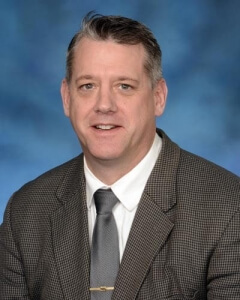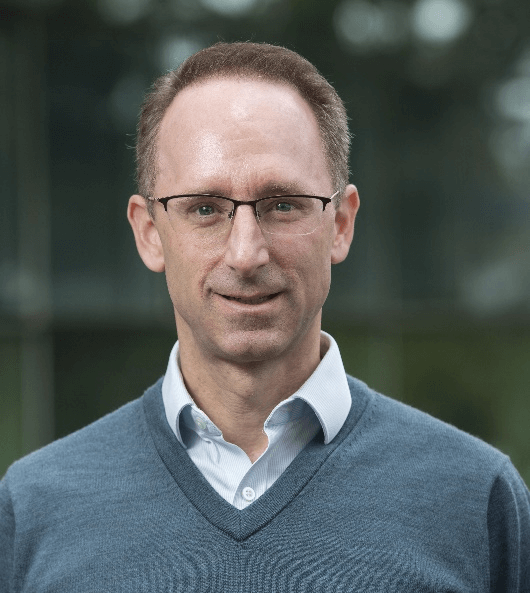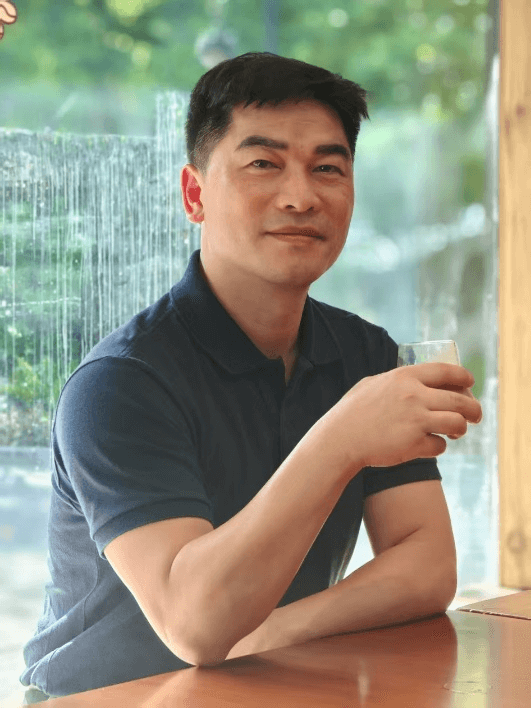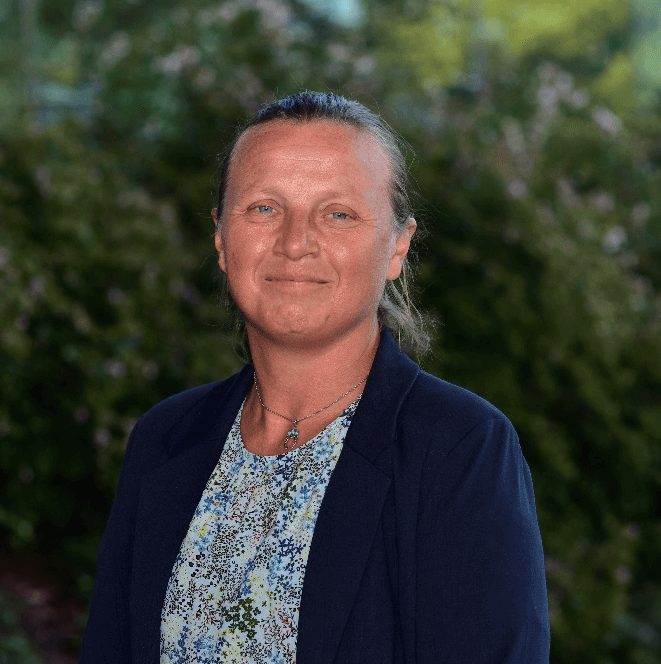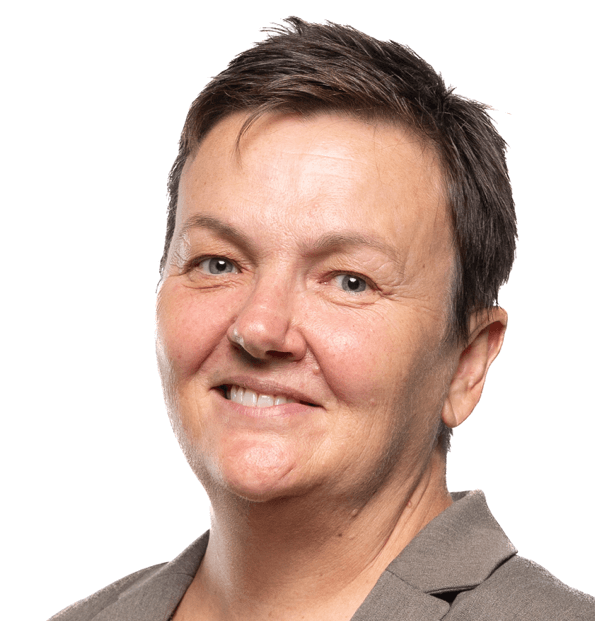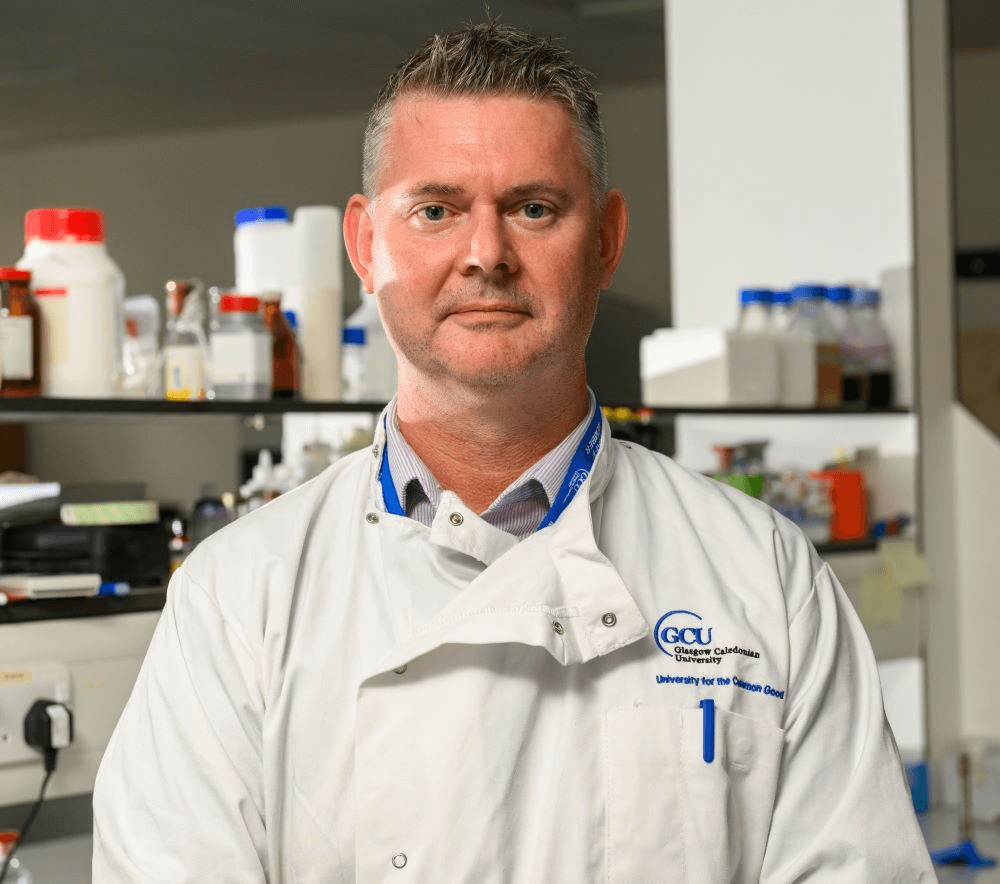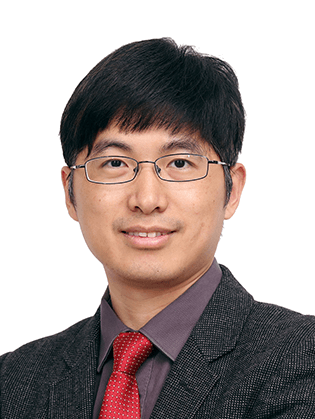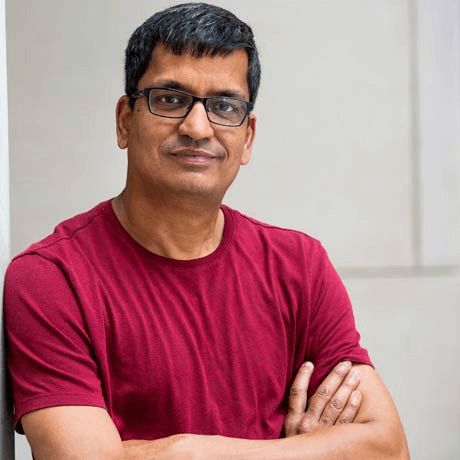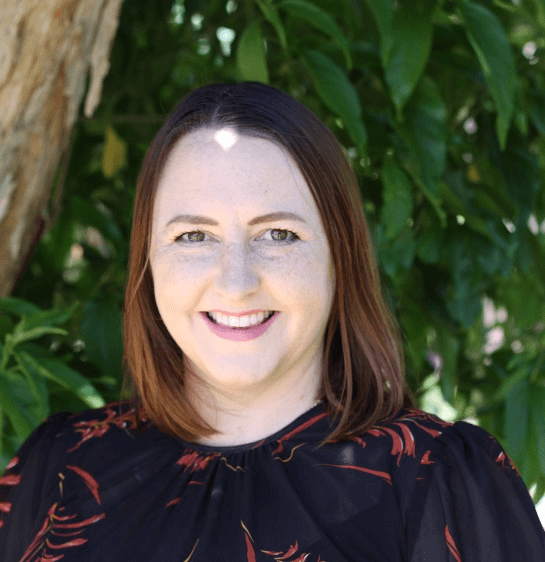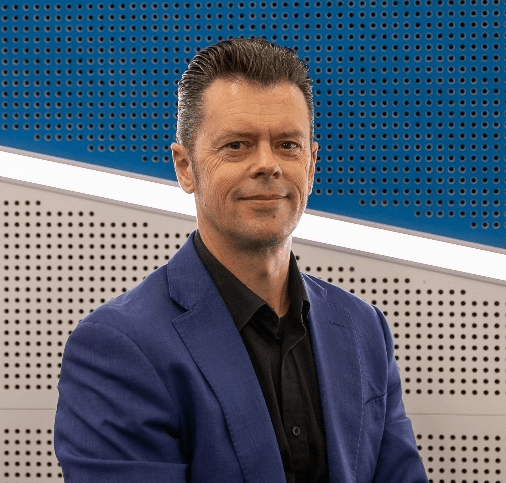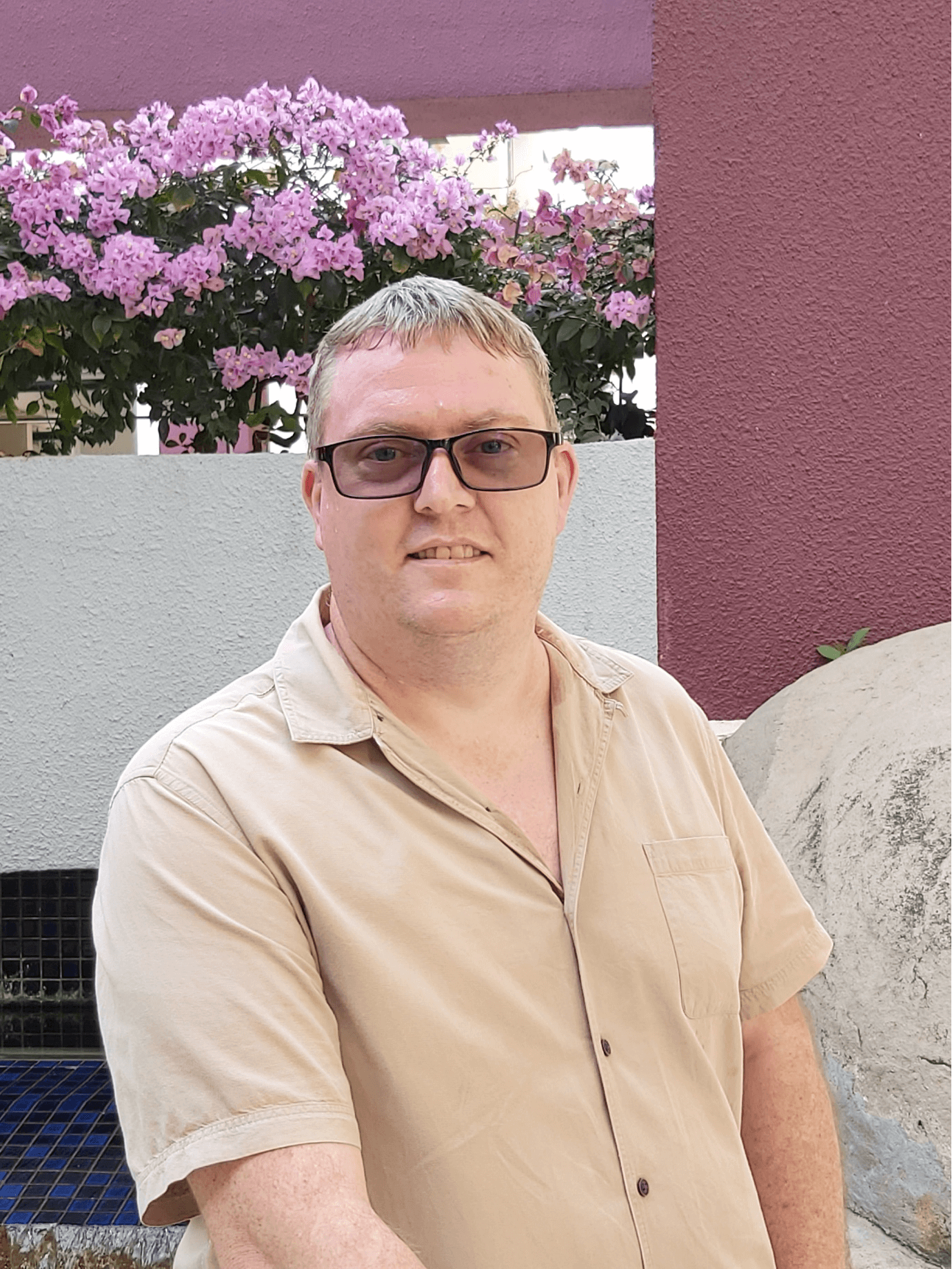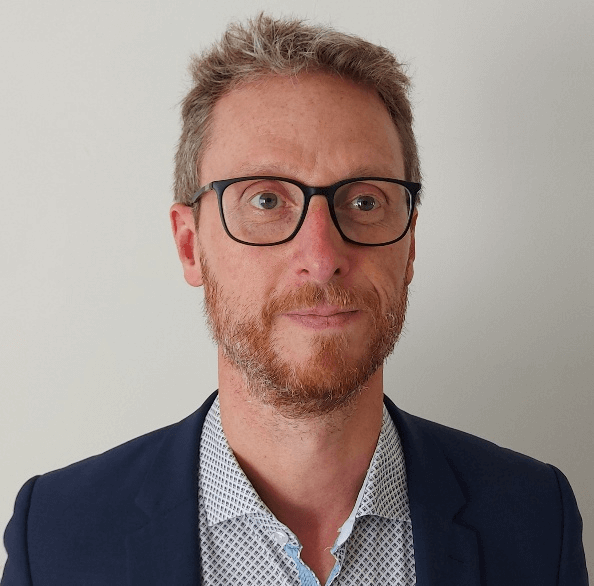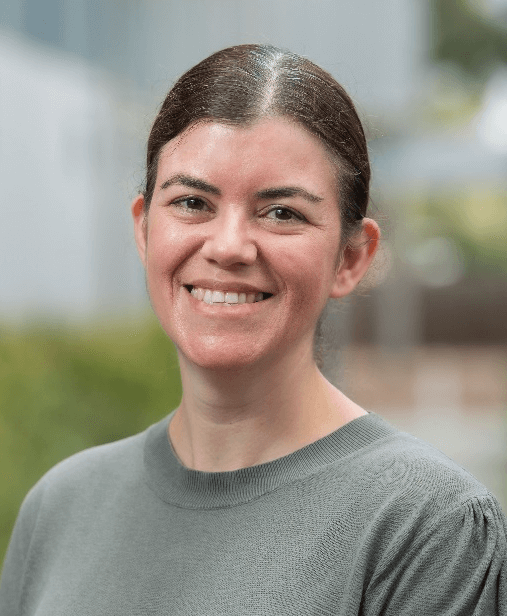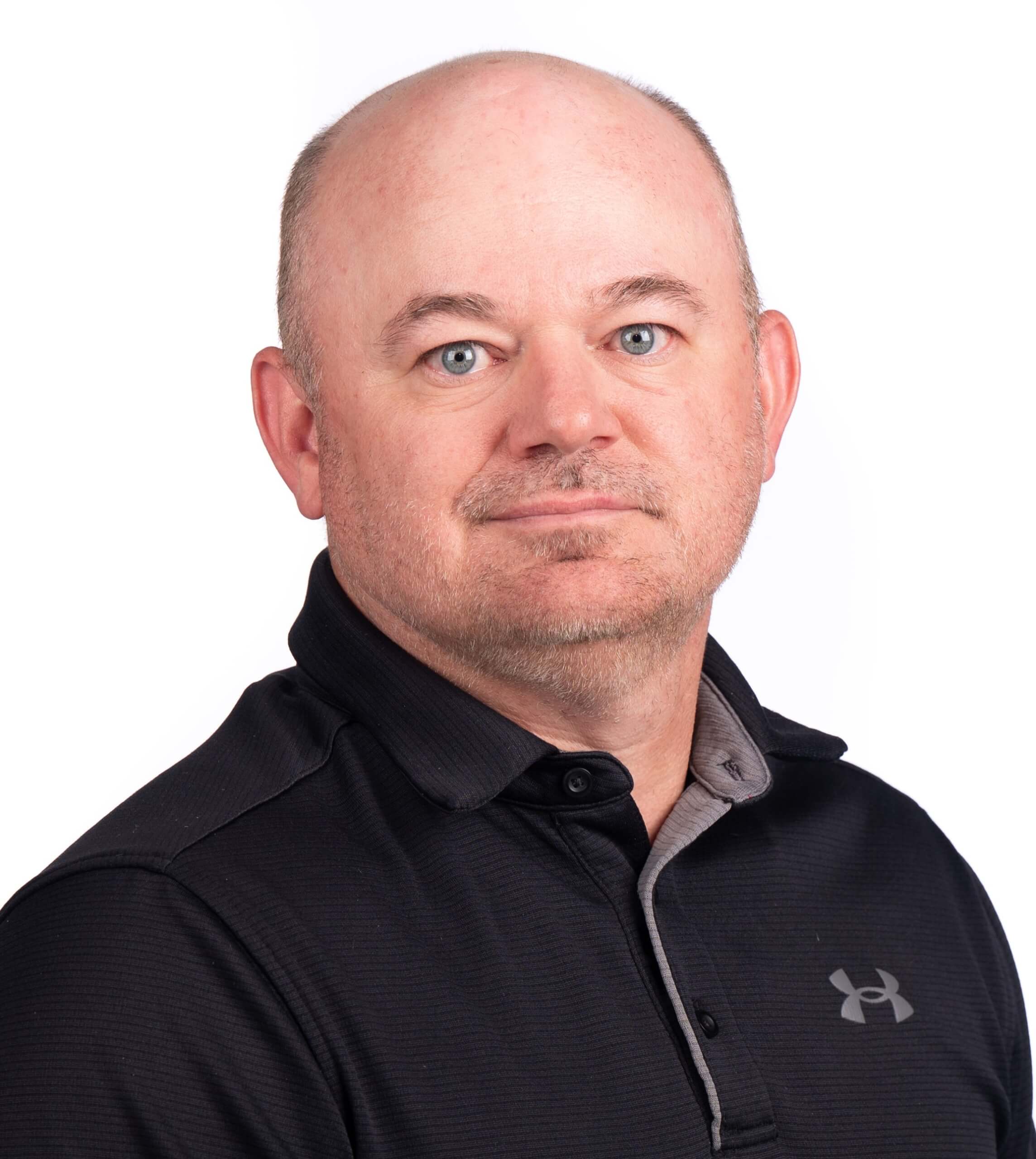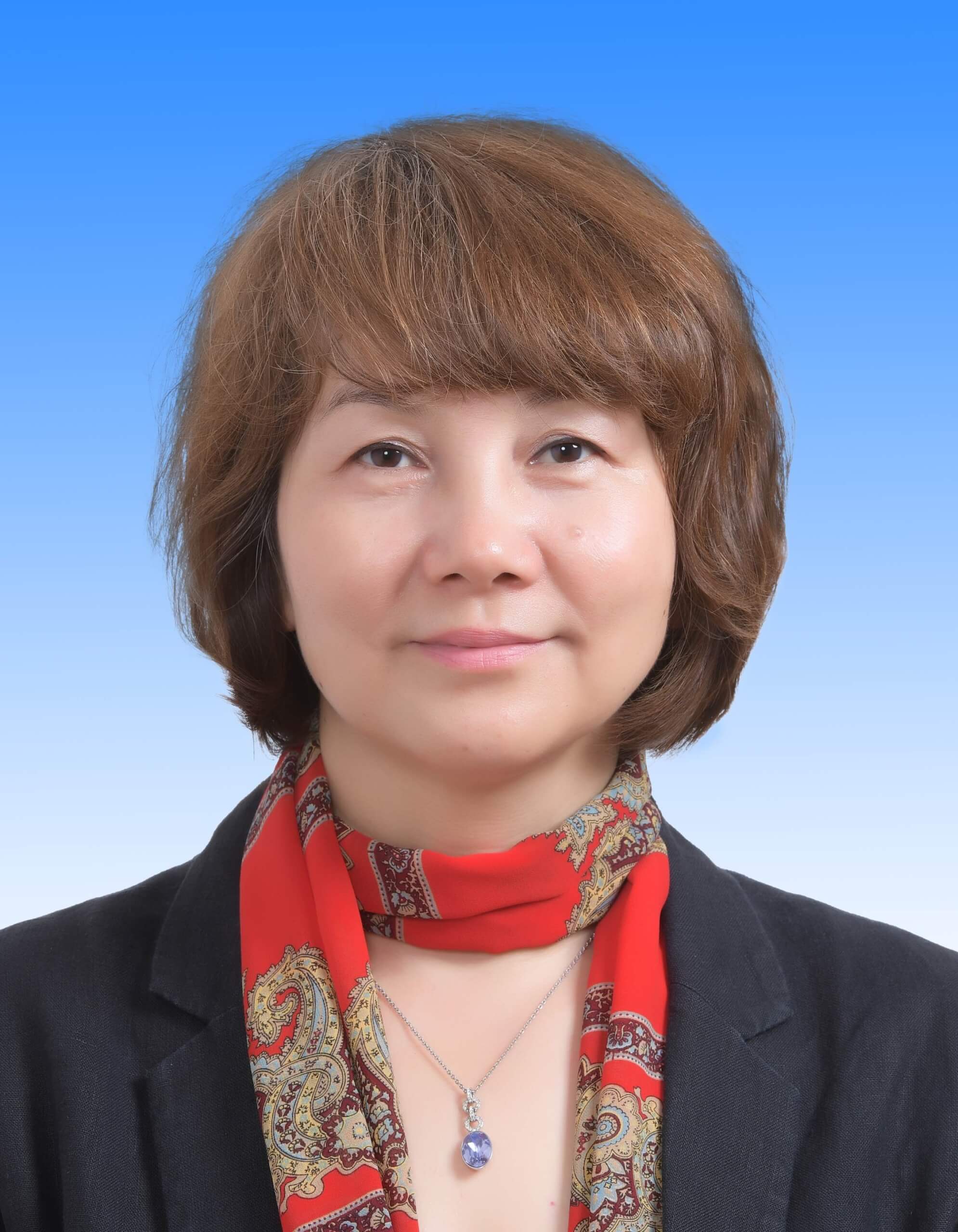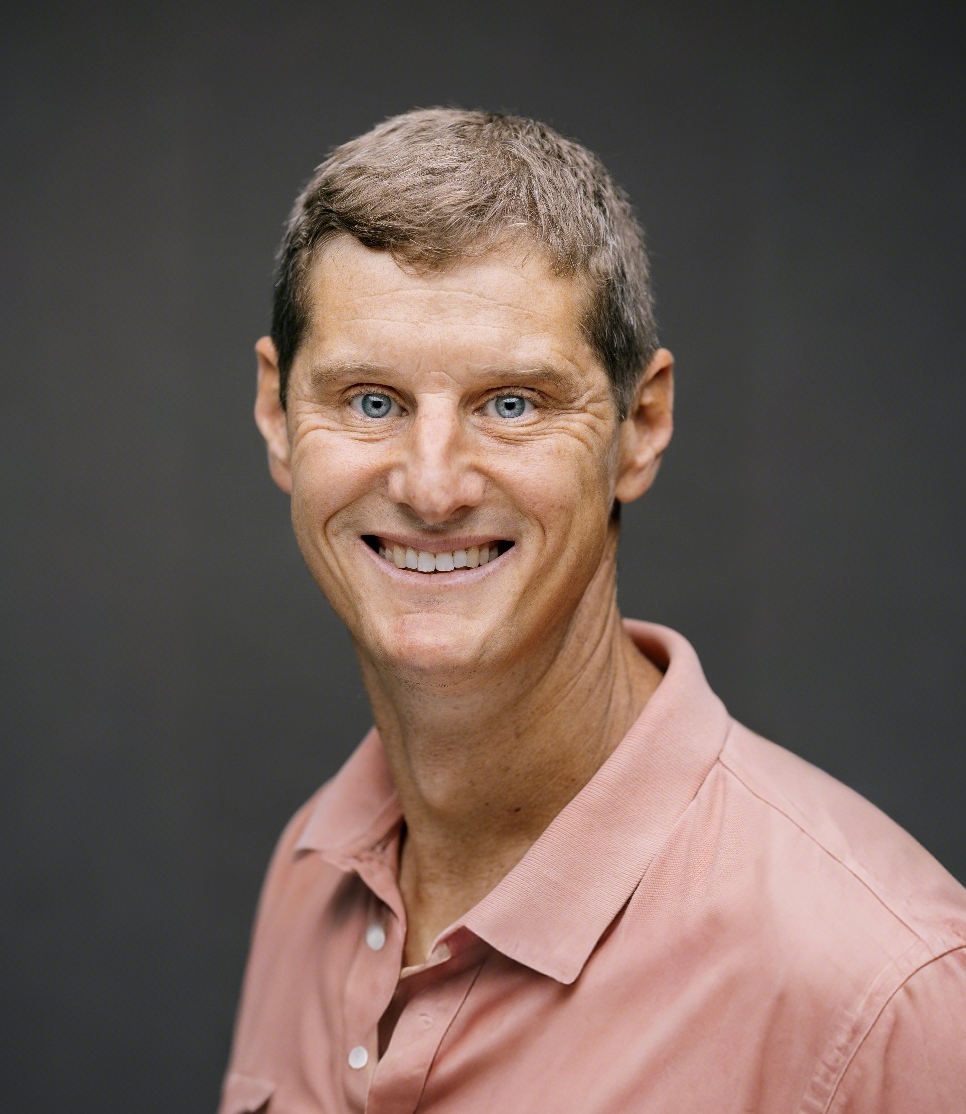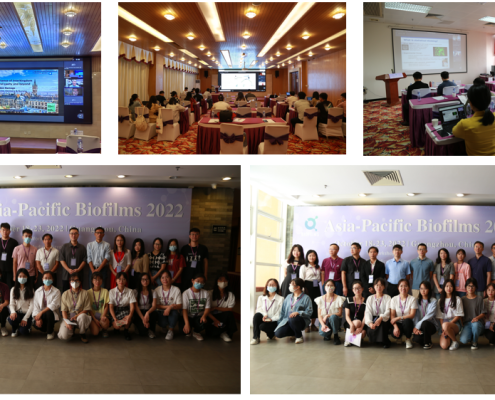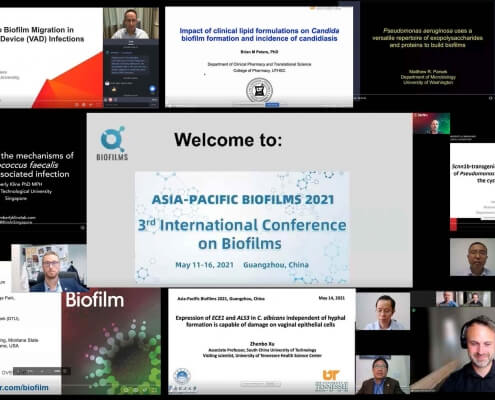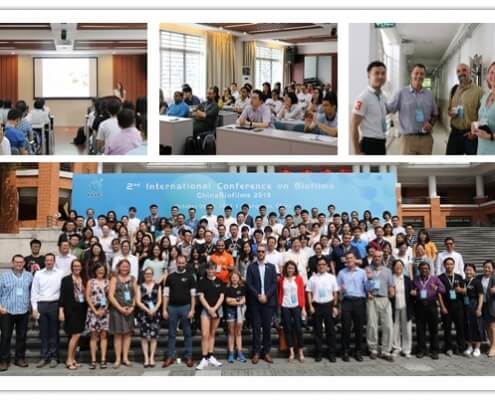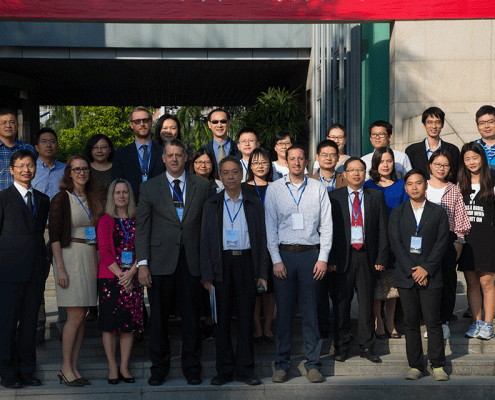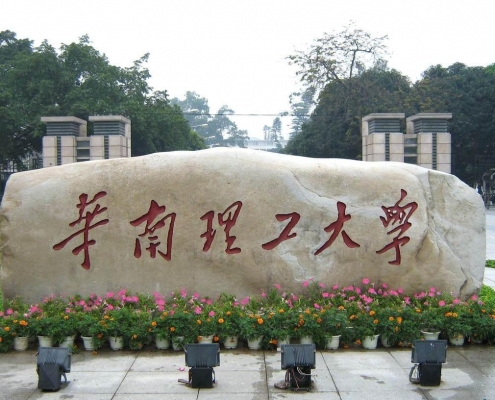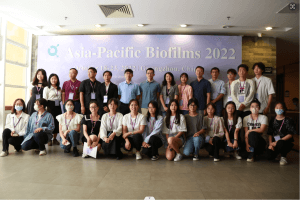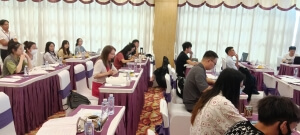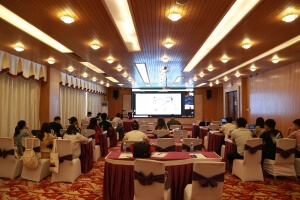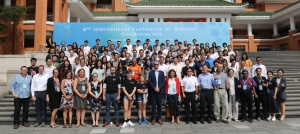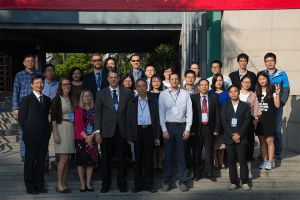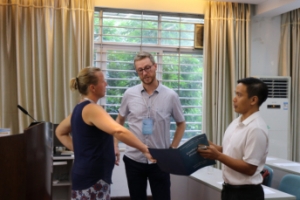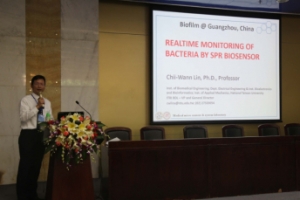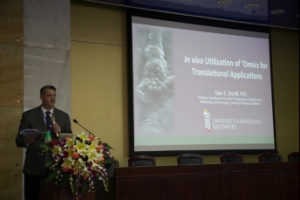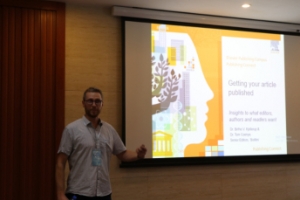Asia-Pacific Biofilms (APB) Conference 2026 will be held on 27th-29th March, 2026 in Melbourne, Australia, which is known for its scenic drive of the Great Ocean Road and vibrant culture.
This conference aims to bring together leading research scientists, engineers, and clinicians globally, from the Asia-Pacific area including China, Singapore, Australia, New Zealand United States, Canada, and the European Union (EU) to share new knowledge and research progresses in microbial biofilms. Scope of APB 2026 includes molecular biology of biofilms, quorum sensing, environmentally, industrially and clinically relevant biofilms and emerging technologies to combat microbial biofilms. This conference will serve as a major platform to promote collaborations between biofilm researchers in the Asia-Pacific area, and to facilitate our interactions with colleagues from EU (EuroBiofilms) and the USA (ASM Biofilms).
The conference committee will make every effort to present a memorable and valuable biofilms conference and we are sincerely looking forward to your participation. We support Gender Equality and are an ally to LGBT people.
Early Abstract Submission Deadline: December 15, 2025
Abstracts submitted by this date will receive notification of acceptance for either a talk or poster before the end of the year.
Final Abstract Submission Deadline: January 31st, 2026
Submissions will continue to be accepted until this date, but early submissions are strongly encouraged. Abstracts submitted by this date will receive notification of acceptance for either a talk or poster by the 1st of March.


